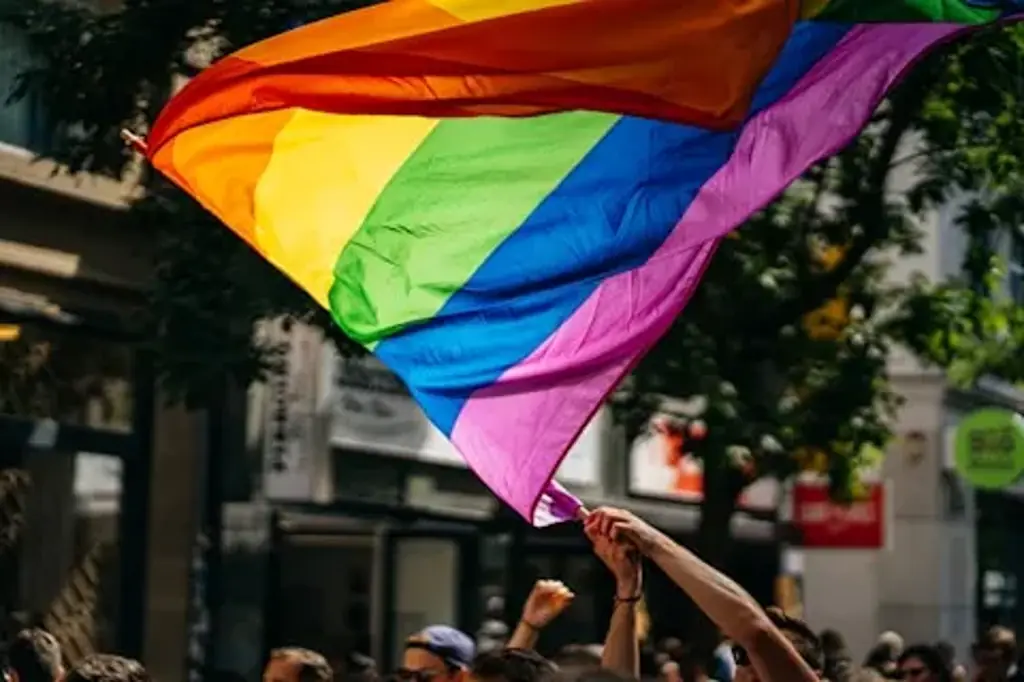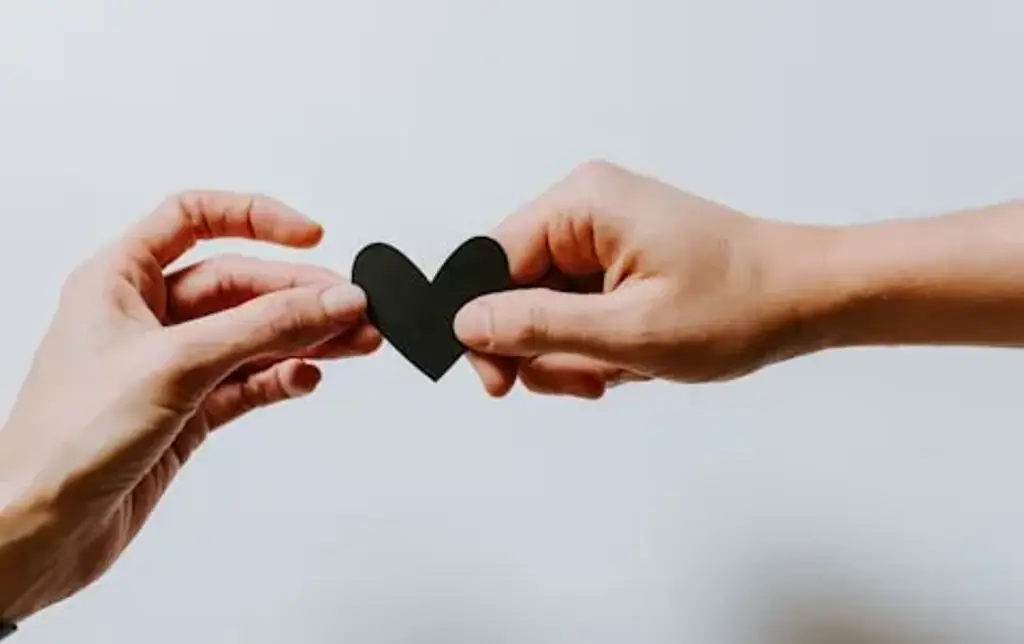
For this Black History Month US and LGBT History Month, we're celebrating the rich roots of house music and the Black and Queer DJs who helped create it.
There's a strong impression that House music has become synonymous with whiteness. This is obviously due to the genre being spearheaded by mostly white, male DJs, and the typical EDM festivals pulling in a large number of white audiences.
Because of this, many people have accepted this as the status quo.
But just like other music genres originated and influenced by Black people - such as Rock, Disco, and RnB - that doesn’t mean we shouldn't talk about how House music's bass-pumping origins are firmly planted in the Black and LGBTQ+ communities.
In fact, the genre was born out of Chicago's predominantly Black nightlife scene, with the godfather of house, Frankie Knuckles, pioneering the phenomenal sound.
Discomania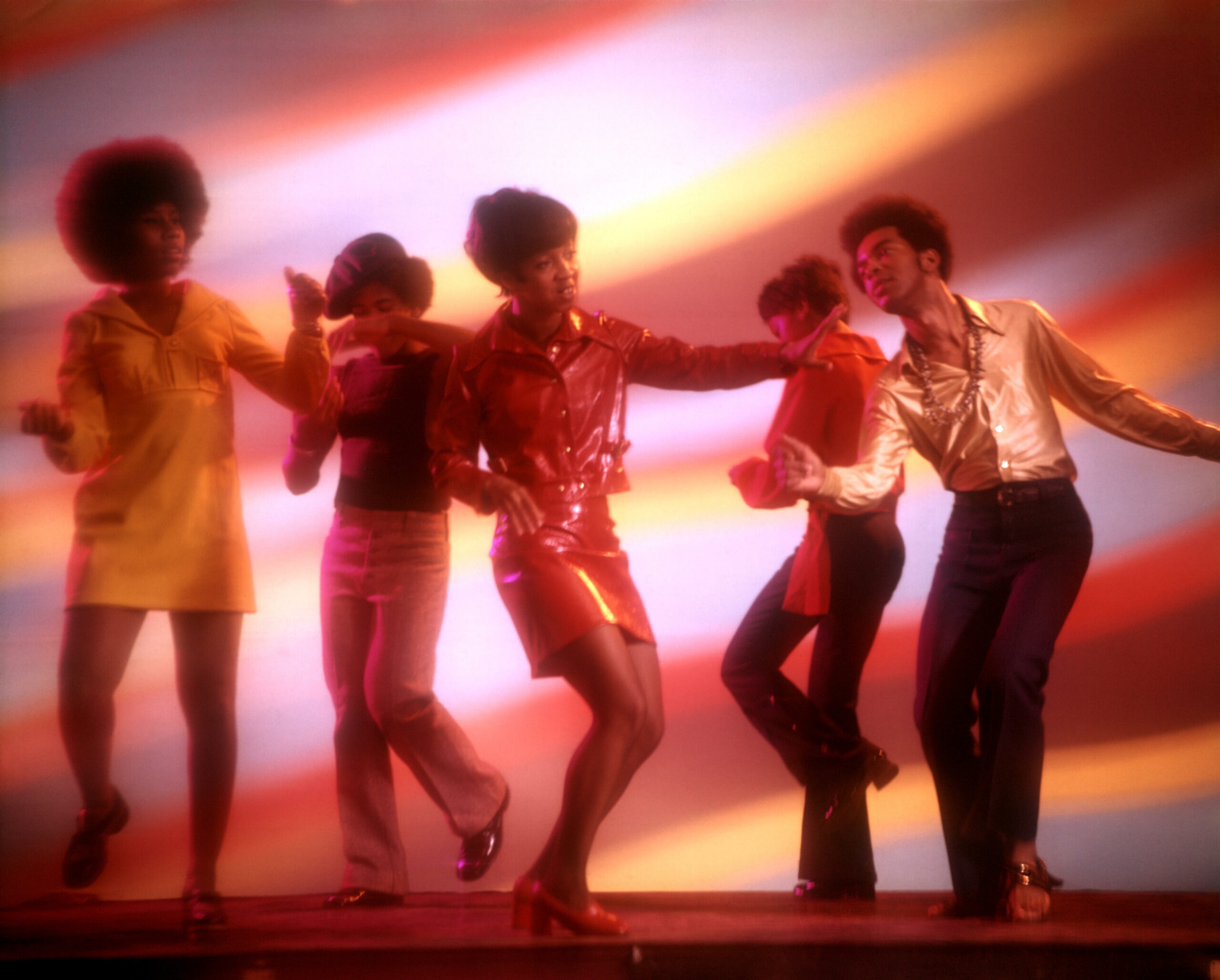
Before house music, there was disco. The distinctive sound was shaped by gay culture and primarily kept alive by minorities. American discotheques were one of the few places where LGBTQIA+ people could feel liberated in the 1970s.
The New York City disco scene grew out of house parties - which are clubs hosted at a private residence - and queer individuals had to stay underground to avoid being tormented by homophobic people at nightclubs.
With its funky basslines, four-on-the-floor drum grooves, and glossy production, the sound was a confidential secret between the communities, however, it wasn't until John Travolta's 1977 movie Saturday Night Fever that the genre really blew up.
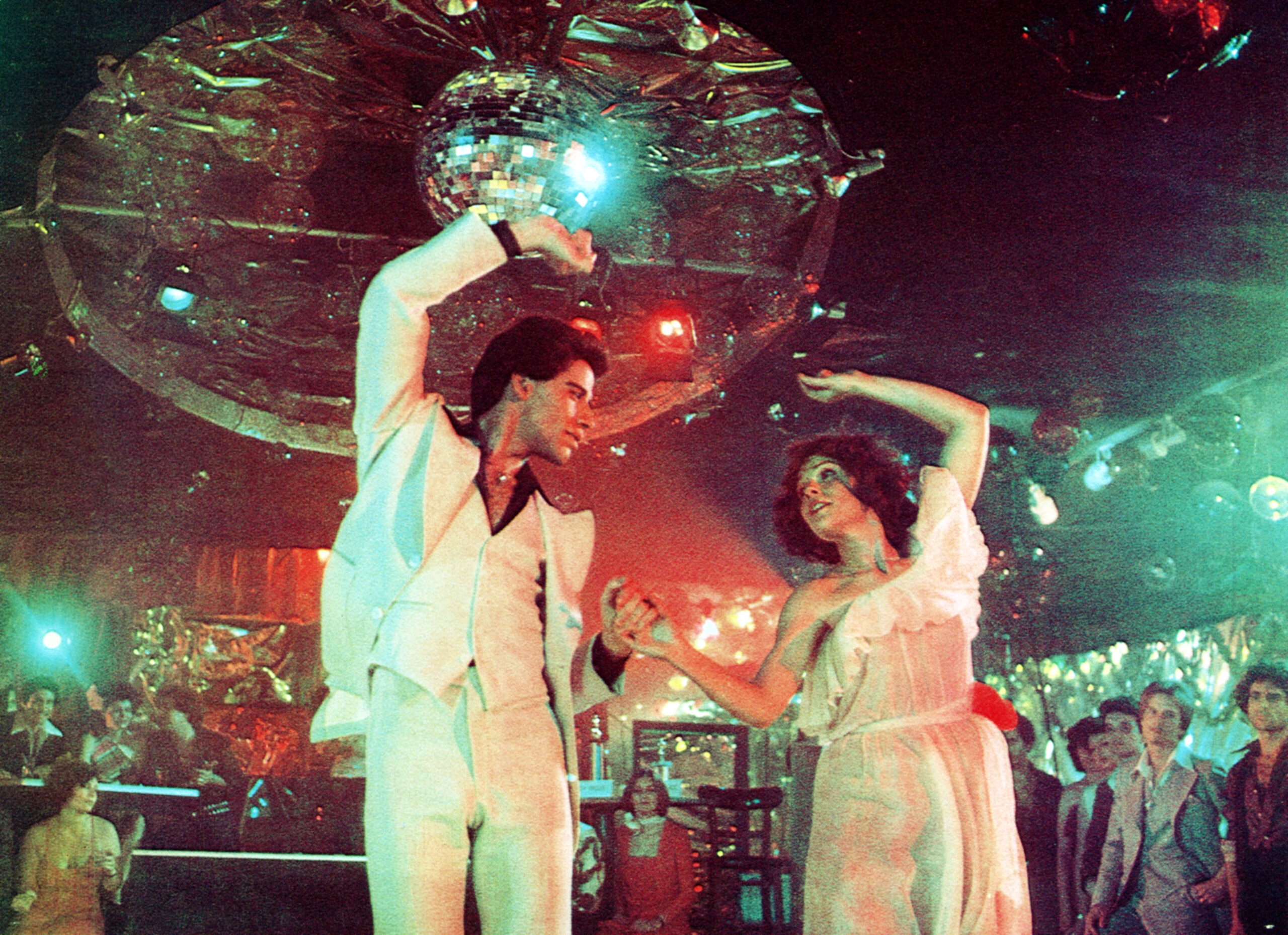
Its rise to popularity meant everyone and their mother had caught the disco fever and partygoers of all races and sexual orientations were soon getting down to the same music on dancefloors in the United States.
Experiencing the phenomenon at the time, author Peter Shapiro described disco as the "embodiment of the vision of peace that the 60s yearned for," in the novel Turn the Beat Around.
Legendary producer Nile Rogers - who was part of the disco band Chic - also shared: "People were transgender and everybody felt comfortable. This was the world I wanted to live in, where everybody was cool with everyone… That was because of the music," as cited by Timeline.
As the rhythmic beat began topping the US charts and flooding the mainstream, many radio stations began to remodel their entire brands. They modified their stations by firing rock-oriented DJs and replacing them with disco enthusiasts.
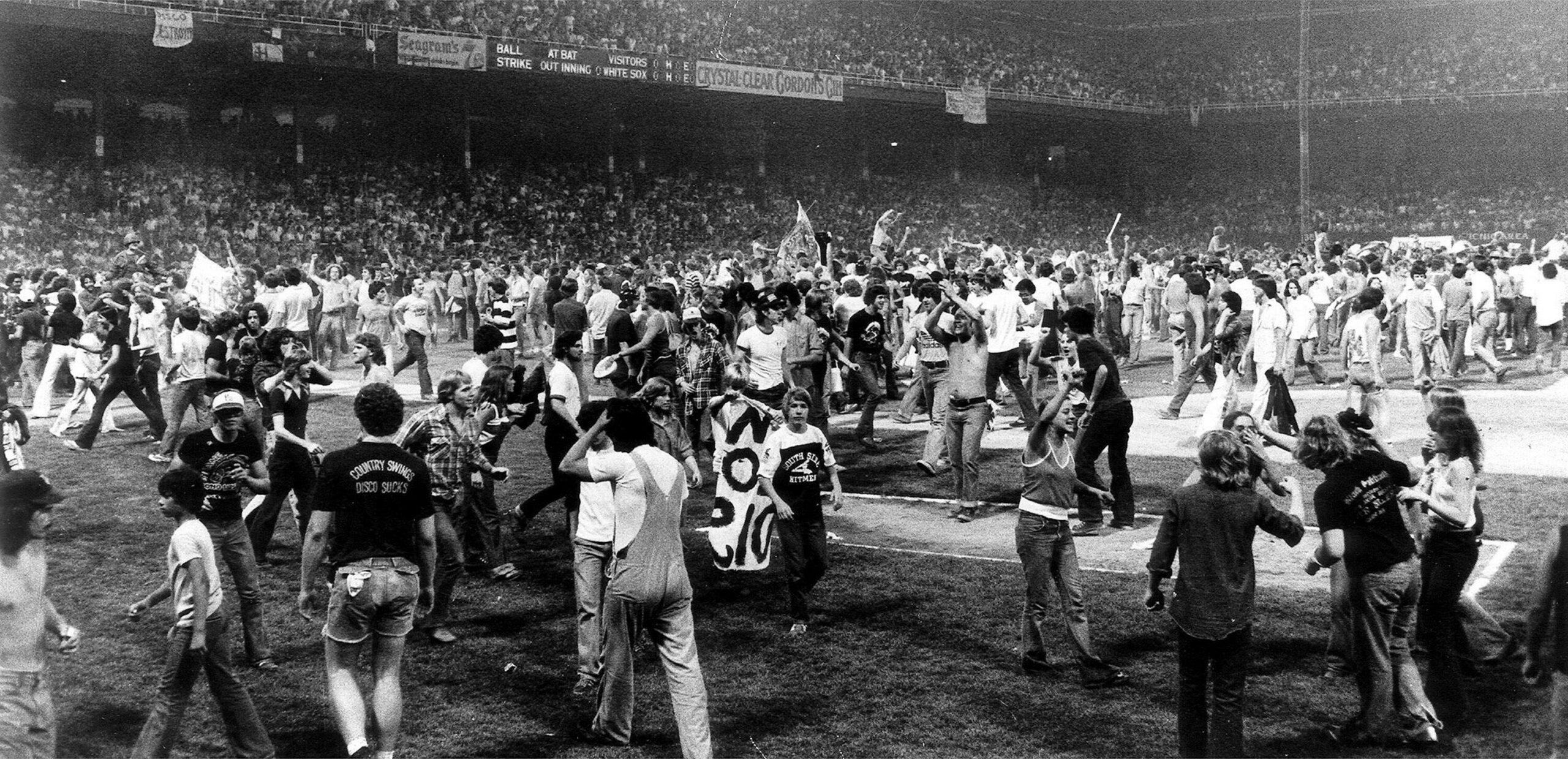
But, like any cultural juggernaut, discomania also invited objections from angry people. While the hatred against the genre was allegedly about the music, there was a lot more happening beneath the surface.
Enraged by the sweeping musical trend in the US, an unhappy ex-DJ named Steve Dahl held the first-ever Disco Demolition Rally at White Sox Stadium in the summer of 1979.
The disgruntled man led over 50,000 furious rock fans in loud chants of "Disco Sucks!" as they burned Disco records and memorabilia - as well as other Black records - at Comiskey Park during the second game between the Chicago White Sox and the Detroit Tigers.
The night eventually ended in an all-out riot and the White Sox forfeited the game. It was a strange event born out of loathing and is remembered as the night that Disco died. However, mere years later, it was reborn as House music.
The introduction of house music:
House emerged as a new music genre in Chicago in the early 1980s when anti-Disco backlash - which was aided by homophobia and racism - drove the parties back underground.
Citizens were looking for an escape from the reality that controlled their lives so the club culture was one of the most popular spots. It was the illuminating lights and loud, fast music that allowed them to disappear.
There were a few clubs that were notorious for their weirdly energetic song remixes. One club in Chicago named The Warehouse - which opened in 1977 - was where all the up-and-coming DJs came to mix. It was recognized as an exclusive club for gay Black and Latino people.
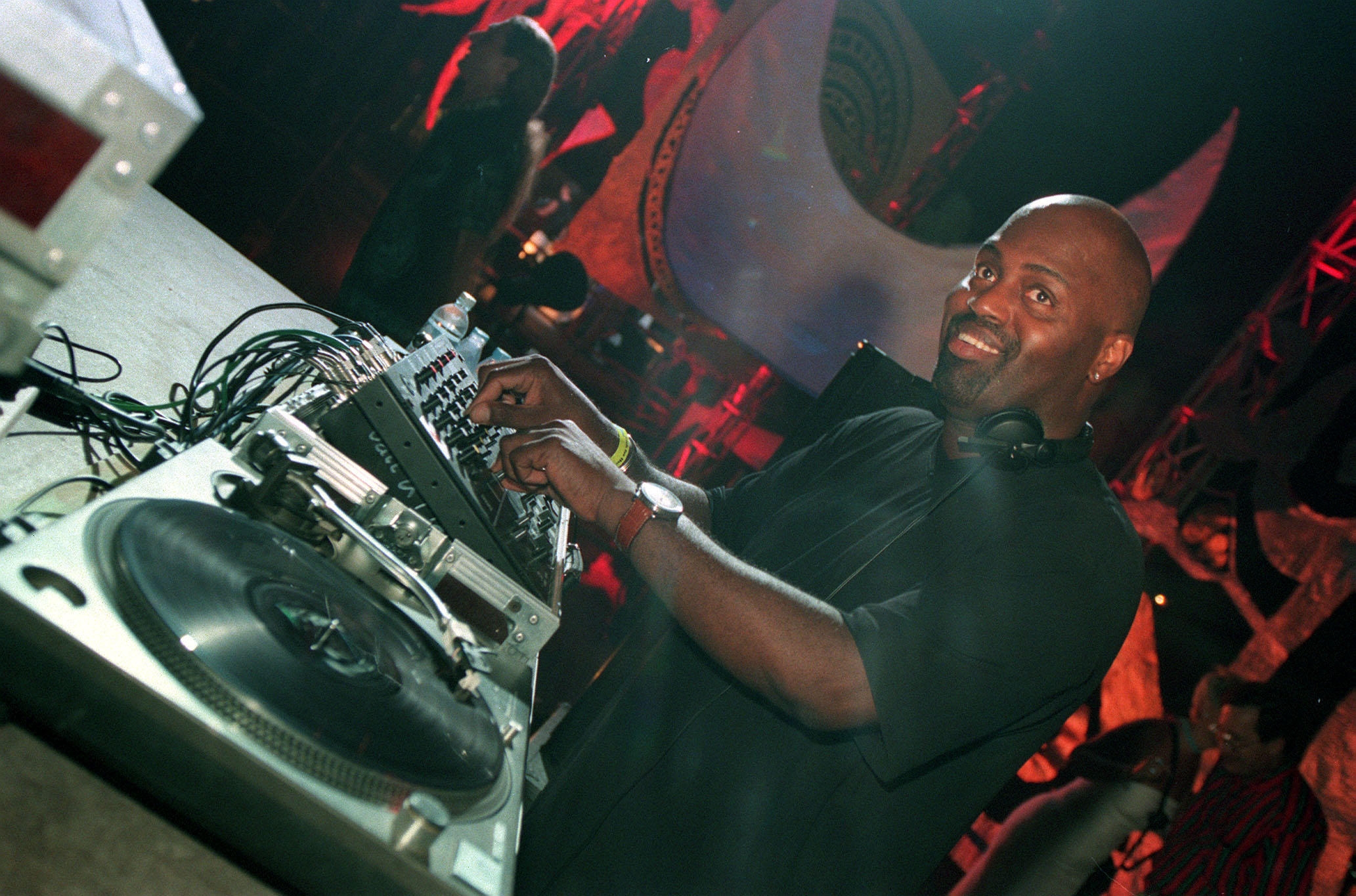
Promoter Robert William hired a Black queer man from New York City named DJ Frankie Knuckles to ignite the dance floor and he was later recognized as the godfather of House.
Frankie played a mixture of Disco, RnB, Euro-Disco, and Soul and integrated it with the beats and rhythms he reworked on tape. This unique sound helped set the mood for House and let him conquer the Chicago scene so much that The Warehouse began attracting a wider audience.
People from all backgrounds took notice of the sound and the club area became one of the only places you could hear the newest and best house remixes.
Slowly, individuals began to focus less on the culture surrounding the music and concentrated more on the music itself. Many went to the Import Record Shop in the state as it was frequently selling the newest/most recent mixes, per Wavzine.
The store had a selection called "As Played At The Warehouse," because eager customers wanted to get their hands on the renowned club's music.
It then wasn't long until The Warehouse was shortened to "House" music - thus giving a name to the spectacle.
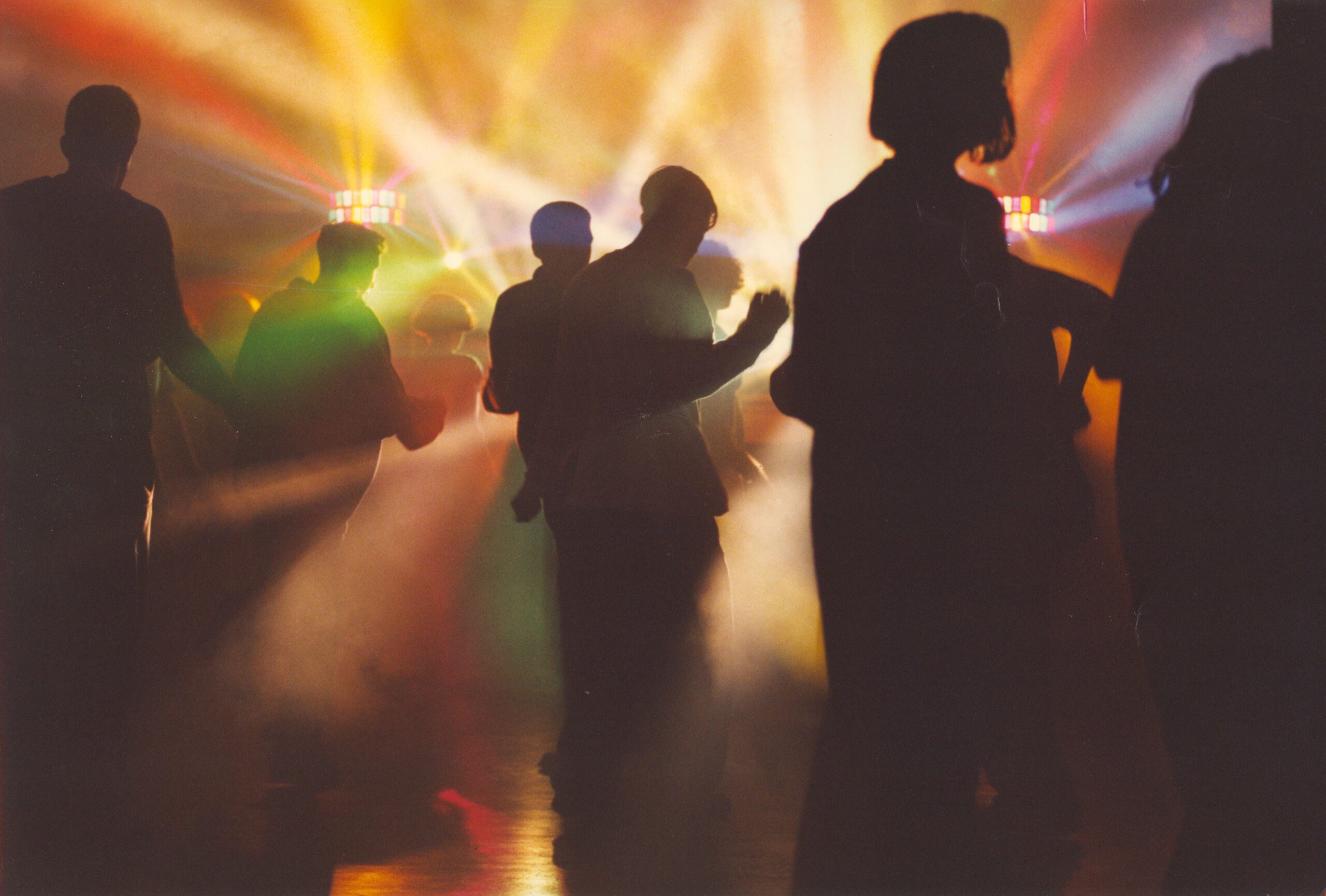
House music quickly took over Chicago.
While the godfather dominated the club scene, the Hot Mix 5 - comprised of Farley "Funkin" Keith, Mickey "Mixin" Oliver, Ralphi Rosario, Kenny "Jammin" Jason, and Scott "Smokin" Silz - became the pioneers of radio mixes.
The team would cut up Disco and House tracks they played on air, which were mostly composed of whatever DJ Knuckles was playing at The Warehouse, and this popularized the genre further.
Throughout the 1980s, millions of people would tune into their weekly Saturday night radio show on the WBMX station, and their mixes were recorded on cassette tapes.
In 1983, DJ Ron Hardy changed The Warehouse's name to The Music Box and he played sped-up music that soon let people differentiate house music from its classic disco roots.
Listen to the first-ever house track below:Jesse Saunders also established this move with the 1984 release of his iconic song 'On And On' - which is now known as the first House track to be released on vinyl.
Saunders and Vince Lawrence made a straightforward beat with a drum machine, incorporated some synths, and looped their voices to create a fully authentic house song - not a remix. This solidified a new genre and introduced people to a new side of the music.
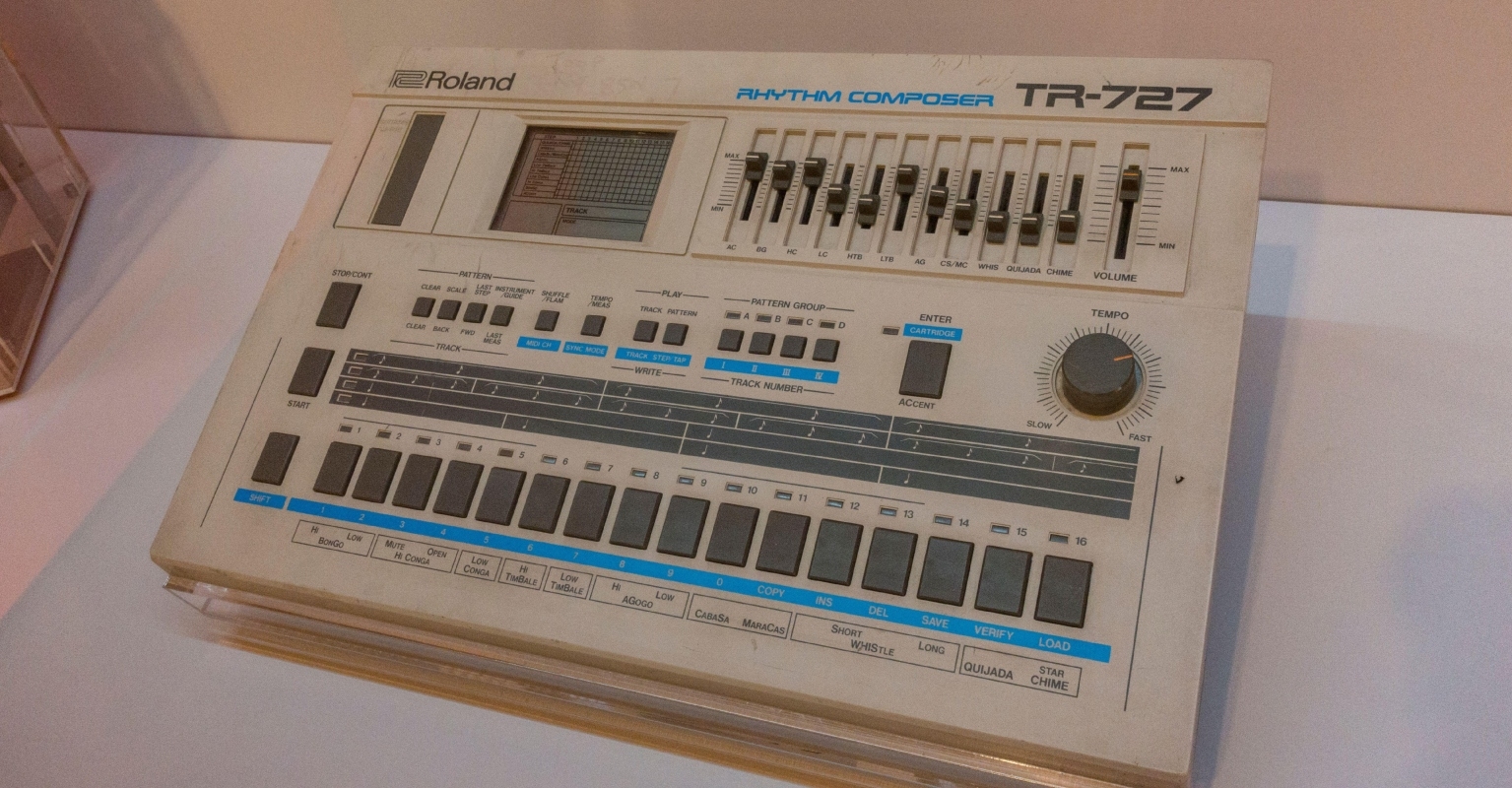
The incorporation of the drum machine allowed so many young Black kids in Chicago to join in on the House hype, even though most of them didn’t even know how to play the instruments they were looping into their songs.
Larry Sherman recognized this growing phenomenon and opened Trax Records in 1984 - the first record label focused solely on House music.
An artist named Marshall Jefferson released 'Move Your Body' under the label in 1986 and it remained on the Billboard Top Dance Charts for over 10 weeks.
The song was originally criticized for its use of a piano so Jefferson declared it the official "House music anthem," in the title and added self-referential lyrics that read: "Gotta have House, music, all night long; With that House, music, you can’t go wrong. Give me that House, music, to set me free; Lost in the House, music, is where I wanna be."
Reclaim your House
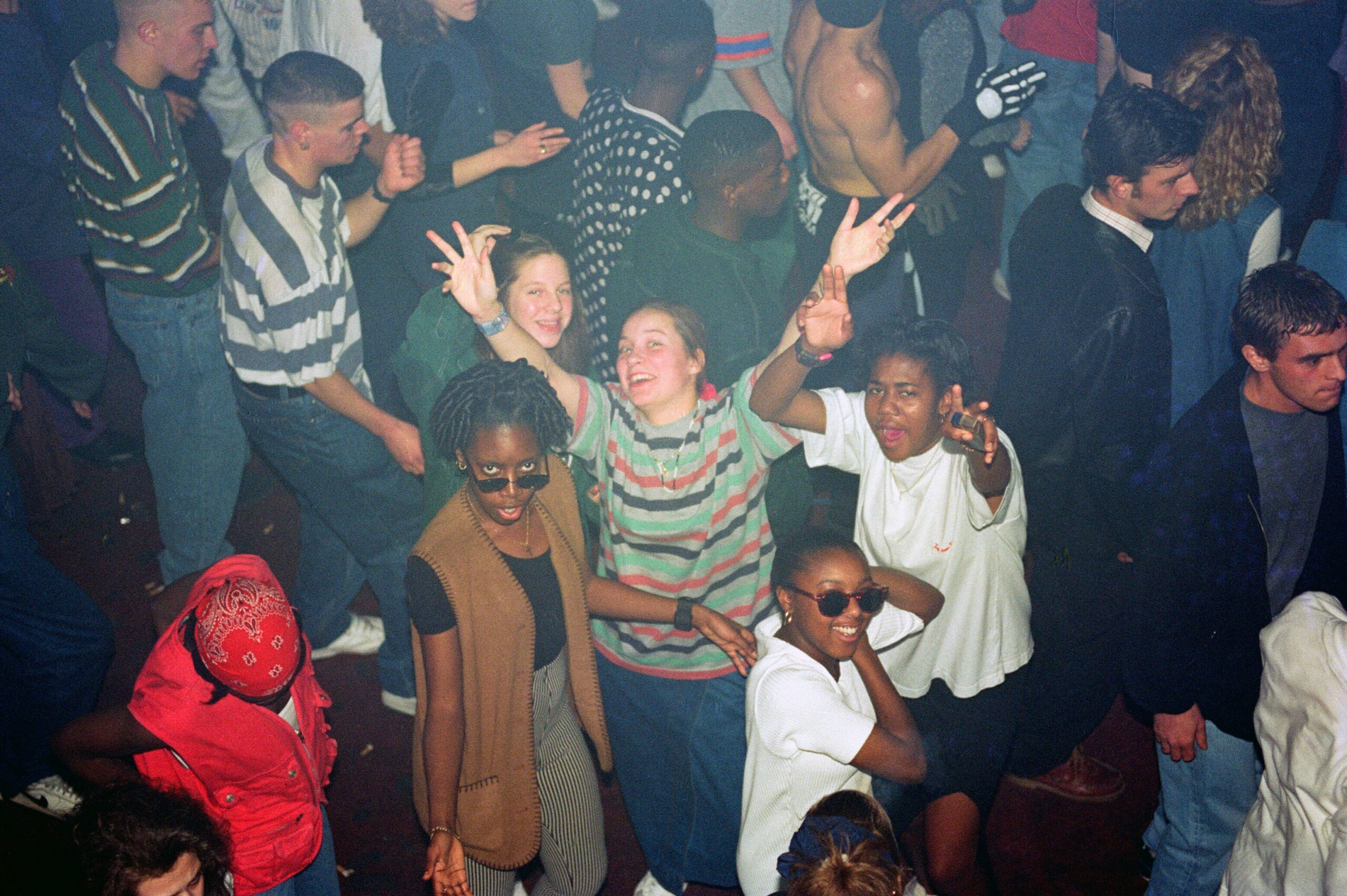
Finally armed with its own sound and name, Chicago's culture was able to expand beyond the United States and create an artistic explosion in Europe.
By 1989, the United Kingdom had popular acid parties - which were illegal parties where the DJs spun Acid House music - and it later grew into raves in the 90s.
The vanguards of Chicago house themselves went overseas for special tours and British producers like the Black British duo Shut Up and Dance began putting their spin on the sound.
So, the question is: How did the genre become so whitewashed? Well, as the sound was adopted by international audiences in the 90s, white people began taking claim of it. The erasure of Black influence was also assisted by the over-policing of Black nightlife venues where the songs would be playing.
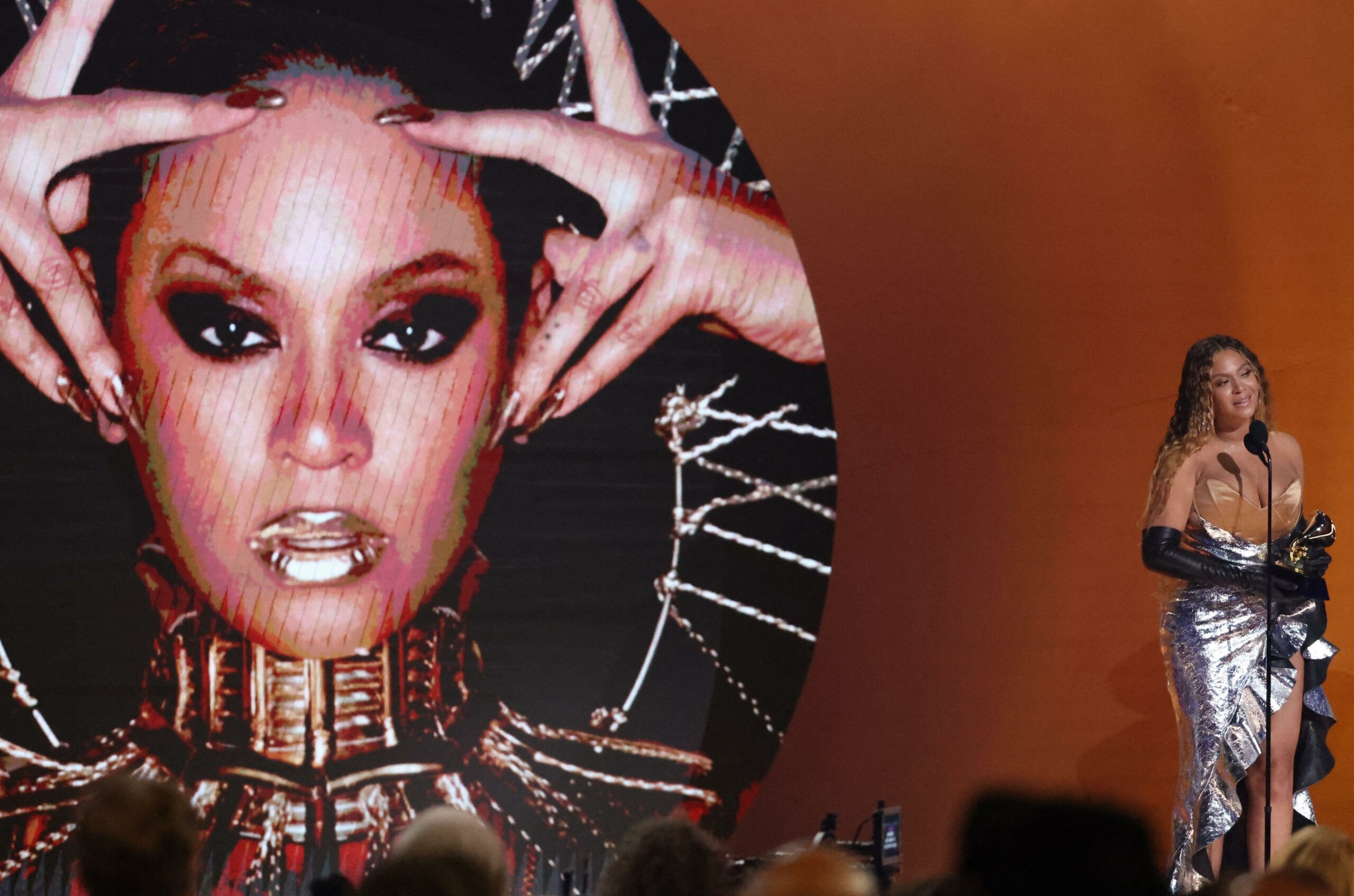
It is important to remember that artists like Madonna, Daft Punk, Chris Lake, and LMFAO would not have been able to benefit from the combustive genre without the Black, Brown, and queer DJs of Chicago that helped fuel the craze.
But, despite the censoring of Black brilliance, it seems like decades later the biggest Black musicians are taking back the very same sound that had its roots ripped from the soil.
ICYMI, Beyoncé's Rennaissance won Best Dance/Electronic Music Album at the Grammys - making her the first Black woman to win the award - and Drake's album, Honestly, Nevermind, has allowed his listeners to garner enthusiasm for the sound.
So the next time you're busting a move to one of your favorite House tracks, allow yourself to revisit the classics and relish in the sonic influence Black culture continues to have on the music scene.










